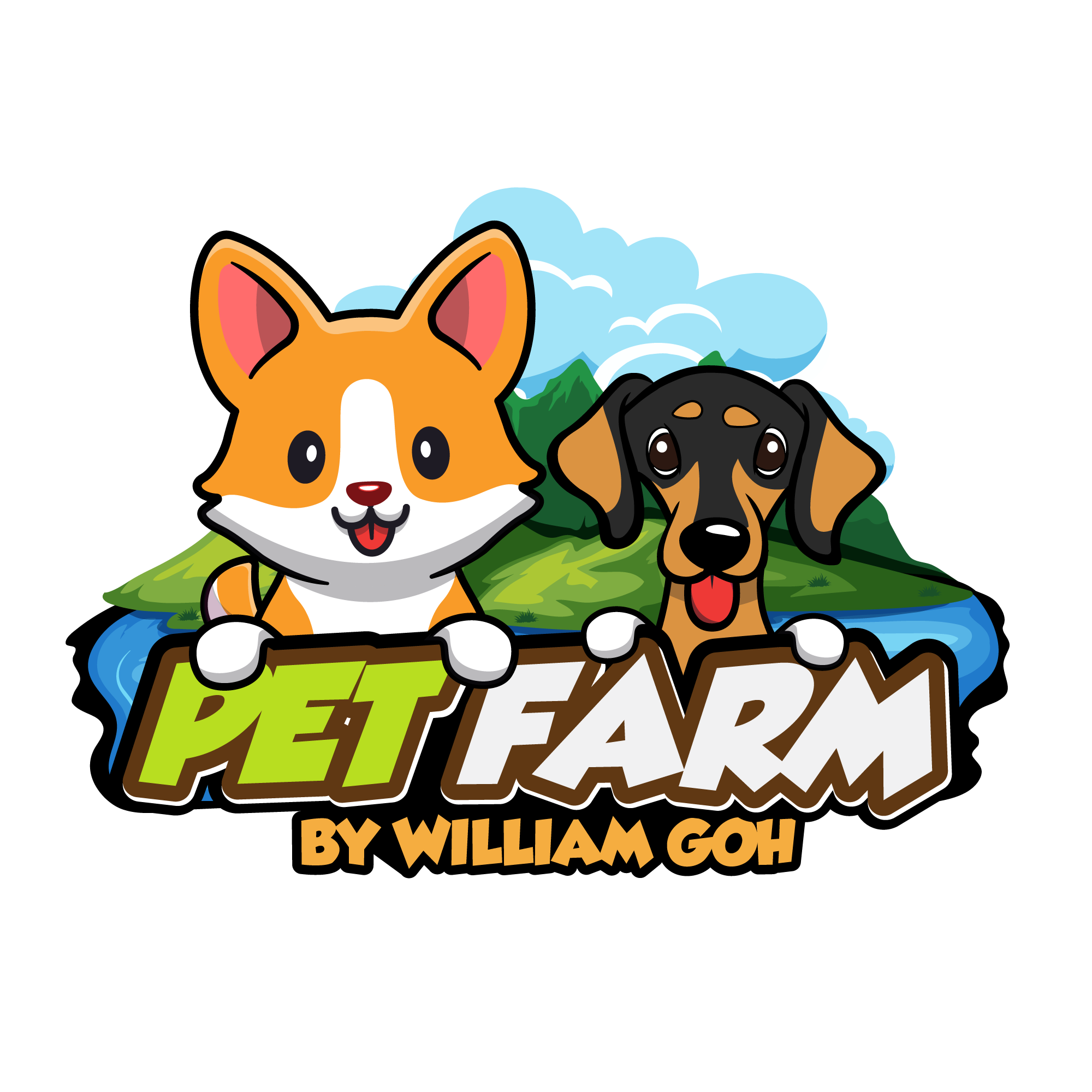How to Train a Puppy
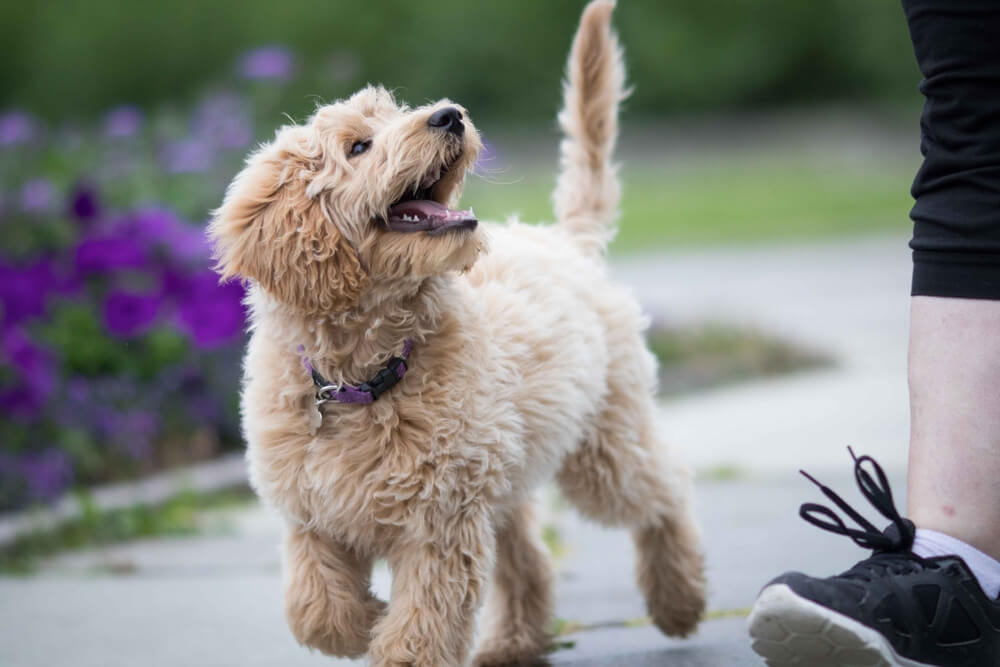
Table of Contents
Listen To The Article
Introduction to How to Train a Puppy
While puppies are cute and fun, they do require lots of training.
The tips below will make training easier, and also help you understand how to train a puppy.
Make sure to start training as soon as you get your puppy.
If you start too late, it could be harder to train your puppy. It’s best to start training your puppy when it is still young.
This is the best time to train a puppy because it is easier to understand what you are trying to teach them.
The older your puppy gets, the harder it is to train them because they have already developed bad habits.
They are incredibly intelligent animals, and it’s challenging to teach them how to use their minds the way you want them to.
As with humans, dogs have different temperaments and learn at different speeds.
Some are quick to pick up new tricks, while others take some time.
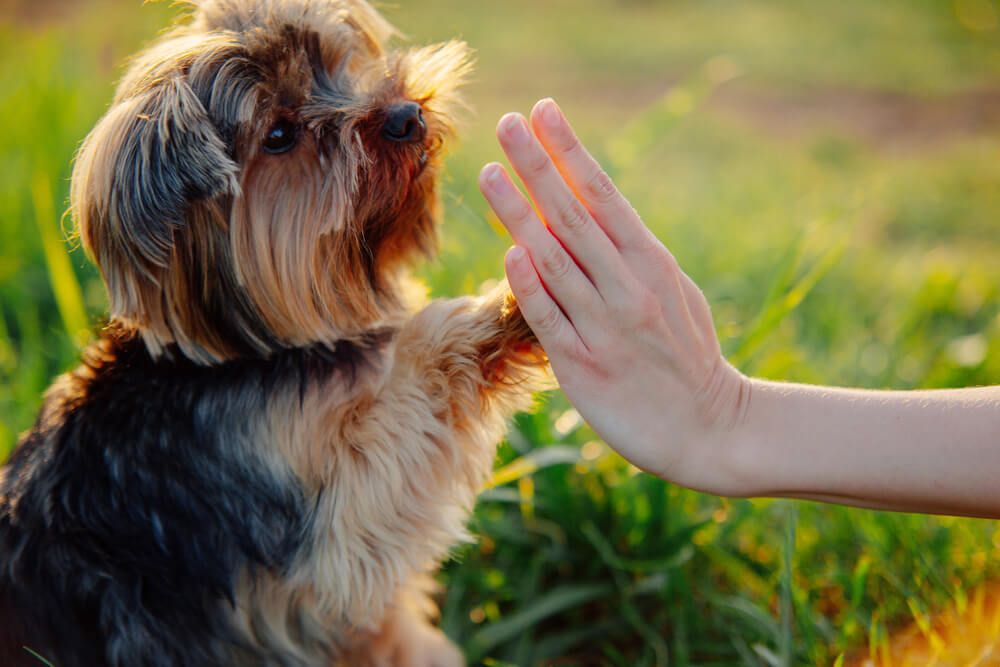
First Things To Train Your Puppy
The most important thing to remember when training your puppy is to make sure it’s a fun experience.
While your puppy may not like every single task you train it to do, it will learn faster if it enjoys the activity.
To do that, make sure you always praise your puppy when it does something right and try to give it a tasty treat after it completes a task.
Since dogs are pack animals, they need to know their place in the pecking order.
You should let your puppy know who is the “alpha dog” of the family and who is the “beta dog.”
To do this, you should take the lead and dominate all your puppy’s activities.
How to teach the puppy to come when called?
Sit with your puppy and say his name or the word “come.”
Each time you say “come/name,” give your puppy a treat, he doesn’t have to do anything yet just repeat the word and give a treat.
Next, drop a treat on the floor near you as soon as your puppy finishes the treat on the ground, say his name again and when he looks up, give him another treat.
Repeat this a couple of times until you can begin tossing the treat a little further away, and he can turn around to face you when you say his name avoid repeating your puppy’s name; saying it too often when he doesn’t respond makes it easier for him to ignore it.
Instead, move closer to your puppy and go back to a step where he can be successful at responding to his name the first time.
Once your puppy can turn around to face you, begin adding movement and making the game more fun! Toss a treat on the ground and take a few quick steps away while calling your puppy’s name.
They should run after you because the chase is fun! When they catch you, give them a lot of praise, treats, or play with a tug toy.
How to teach a puppy loose-leash walking?
First, make sure your puppy is comfortable wearing a leash.
This can feel strange at first, and some puppies may bite the leash give your puppy treats as you put the leash on each time.
Then, stand next to your puppy with the leash in a loose loop and give him several treats in a row for standing or sitting next to your leg.
Take one step forward and encourage him to follow by giving another treat as he catches up.
Continue giving treats to your puppy at the level of your knee or hip as you walk forward.
When he runs in front of you, simply turn in the opposite direction, call him to you, and reward him in place, then continue, gradually begin giving treats further apart.
Eventually, your dog will walk happily at your side whenever he’s on his leash allow your dog plenty of time to sniff and “smell the roses” on your walks.
When they’ve had their sniffing time, give the cue “Let’s Go!” in a happy voice and reward them for coming back into position and walking with you.
How to teach a puppy to sit?
The first method is called capturing, stand in front of your puppy holding some of his dog food or treats, wait for him to sit say “yes” and give him a treat.
Then step backward or sideways to encourage him to stand and wait for him to sit give another treat as soon as they sit after a few repetitions, you can begin saying “sit” right as he begins to sit.
The next option is called luring get down in front of your puppy, holding a treat as a lure.
Put the treat right in front of the pup’s nose, then slowly lift the food above his head.
He will probably sit as he lifts his head to nibble at the treat.
Allow him to eat the treat when his bottom touches the ground repeat one or two times with the food lure, then remove the food and use just your empty hand, but continue to reward the puppy after he sits.
Once he understands the hand signal to sit, you can begin saying “sit” right before you give the hand signal never physically put your puppy into the sitting position; this can be confusing or upsetting to some dogs.
How to use a crate?
It’s not easy learning how to train a puppy, but crate training is an excellent way to help them settle into your home and get them on a schedule once your puppy adjusts to its new schedule he will learn to anticipate bathroom breaks and bedtime, making your life a lot easier.
So it’s always good to train puppies to love their crates, one way to do that is to give them treats every time they go in their crates and feed them from their crates.
They’ll learn to love their crates and then you can leave them in the crates when you go out, as long as it’s not a really long time.
How to teach a puppy to lie down?
“Down” can be taught very similarly to “sit.” You can wait for your dog to lie down capture the behavior by reinforcing your dog with a treat when he lies down.
Give him his release cue to stand back up and then waiting for him to lie down again and when he is quickly lying down after standing up, you can begin saying “down” right before he does so you can also lure a down from a sit or stand.
Hold a treat in your hand to the dog’s nose and slowly bringing it to the floor give the treat when the dog’s elbows touch the floor to start.
After a few practices, begin bringing your empty hand to the floor and giving the treat AFTER he lies down.
When he can reliably follow your hand signal, begin saying “down” as you move your hand just like with sitting, never use force to put your dog into a down.
How and Where to potty?
Keep the puppy on a regular feeding schedule and take away their food between meals.
Potty training is one of the first things your new pup should learn.
Take the young puppy out to eliminate first thing in the morning and then once every 30 minutes to an hour as the potty train.
Also, always take them outside after meals or when they wake from a nap make sure they go out the last thing at night and before they are left alone even though they have a potty pad or puppy pad inside the house.
Take the new puppy to the same spot each time to do their business their scent will prompt them to go stay with them outside, at least until you start house training the new pup.
When your puppy eliminates outside, praise them or give them a treat a walk around the neighborhood is a nice reward.
How not to bite?
Puppies like to nip a lot while their teeny-tiny canines grow in but sometimes, they don’t realize just how hard their little bites can be.
It’s important to teach them not to bite you or others while they’re still young.
If your pet nips you too hard, say, “Ow!” in a loud, high-pitched voice similar to a puppy yelp this will warn them that they bit too hard and tell them to back off.
Also, give them a chew toy from the start so they can play with it and not you never yell or physically punish your puppy because your furry friend will just interpret it as another form of attention, even if it’s negative.
How to be home alone?
A pup’s first time alone can be extremely stressful because dogs are naturally social creatures.
Canine independence is a good goal to keep in mind when learning how to train a puppy it’s best to start teaching your dog how to be independent while you’re still in the house by placing them in a crate or exercise pen.
Turn it into a happy, relaxing environment with toys and food to keep them preoccupied and satiated while you’re gone.
Once your puppy is in, close the door quietly and walk out of the room after a minute or two, return with a yummy treat or words of praise.
Repeat the process and gradually increase the time you’re away from your dog. If he or she continues to remain quiet and calm, reward them.
Each time you return, make sure you don’t coddle them too much because that will only make them miss you more when you leave.
After a few days, you and your pup should be built up to a fairly long period of time apart so that you can go off to work in peace without your dog whimpering too much.
How not to chew the furniture?
Nothing is worse than coming home to find a pillow torn up or your shoes chewed to pieces.
Much like nipping, a teething pup also tends to chew anything and everything to relieve its sore gums.
This is the optimal time for you to encourage “appropriate chewing” by letting your dog know which things they can and can’t chew.
Give them toys that they can pick up and carry around in their mouth like a ball or rubber toy.
Don’t toss them an old shoe or sock to gnaw on or else they’ll think those are okay to put in their mouths.
This step should hopefully curb your pup’s bad chewing habits if you catch your dog with an off-limits item in their mouth, direct them towards their chew toy then pat your pup’s head and praise them for chewing the right correct thing.
If they keep going back to chew up the leg of the couch, you can try a bitter no-chew spray to try to keep them away.
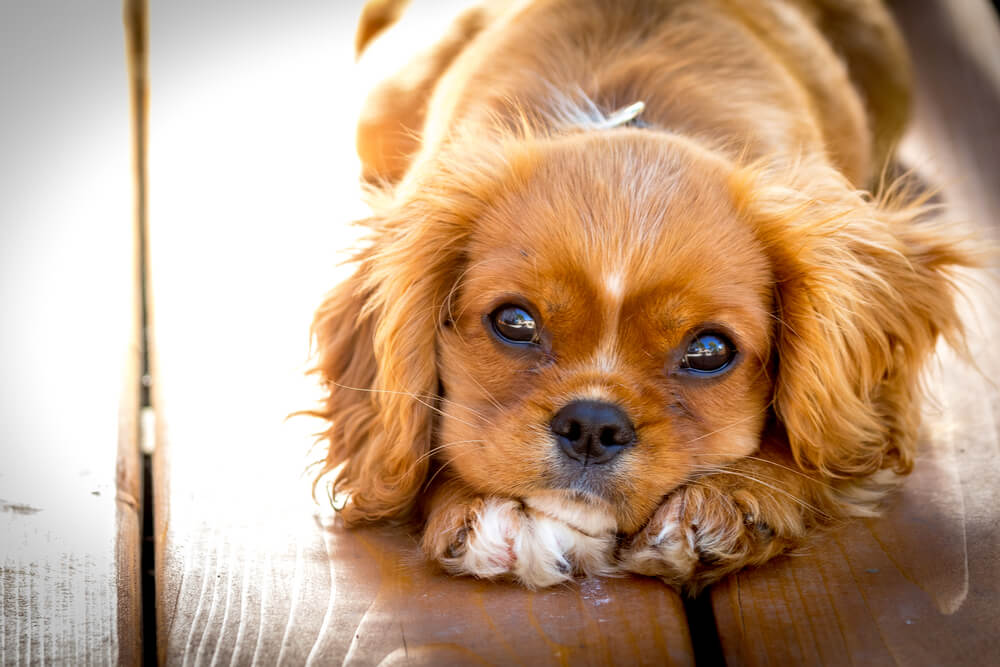
What Is The Puppy Training Age
You will be training your puppy from the moment you bring it home and start to house train.
They start learning from birth and good breeders begin handling and socialization right away some training can begin as soon as the puppy can open its eyes and walk.
Young puppies have short attention spans but you can expect them to begin to learn simple obedience commands such as “sit,” “down,” and “stay,” as young as 7 to 8 weeks of age.
Behaviors learned in puppyhood may need to be changed.
In addition, anything that has already been learned or trained incorrectly will need to be undone and re-taught. Puppies are capable of learning much from an early age.
When training is started at 7 to 8 weeks of age, use methods that rely on positive reinforcement and gentle teaching.
Puppies have short attention spans, so training sessions should be brief but should occur daily.
Puppies can be taught to “sit,” “down,” and “stand” using a method called food-lure training.
We use food treats to entice the dog to follow its nose into the proper positions for “sit,” “down,” “stand,” and “stay”.
Establish a routine
Puppies do best on a regular schedule.
The schedule teaches them that there are times to eat, times to play and times to do their business.
Generally speaking, a puppy can control their bladder for one hour every month of age so if your puppy is two months old, they can hold it for about two hours.
Don’t go longer than this between bathroom breaks or they’re guaranteed to have an accident.
Supervise your puppy
Don’t give your puppy an opportunity to soil in the house; keep an eye on them whenever they’re indoors when you’re unable to watch your puppy at all times, restrict them to an area small enough that they won’t want to eliminate there.
Be Patient
Puppies are sensitive to the moods of their owners.
If you’re anxious, frustrated, and impatient, your puppy senses that, and it may make it harder to get through to him.
He’ll respond best to you when you’re calm, upbeat, and assertive.
If you find yourself becoming frustrated or losing patience, take a deep breath and follow a few simple guidelines to get back on track.
They have a limited understanding of what you’re asking of him; this new environment is still confusing, and he doesn’t yet have much control over his behavior.
If you respond to him in a loud, angry voice or with rough handling, he’ll be less likely to trust you or respond positively.
If you start to lose patience, take a break.
You might need to step away and take some deep calming breaths or you can gently place him in his crate or gated area and give yourself time to relax and calm down.
Understand the breed’s behavioral traits and temperament if you’ve done your homework about your puppy’s breed, it will be easier to work with his natural tendencies than against them.
Spend lots of time with your puppy, creating a bond and building trust will make it easier for him to learn.
Practice does make perfect
He may not understand what you’re teaching him the first time, or even the fifth time.
But with patience and consistency, you’re giving him the opportunity to succeed. And don’t forget to praise him, even for small victories.
Bringing this adorable bundle of energy into your home is life-changing and not always in expected ways.
Keep in mind that you’re trying to teach him good lifetime habits, and that won’t happen overnight.
Patience, consistency, and practice will help you be a good owner and your puppy a well-behaved canine family member.
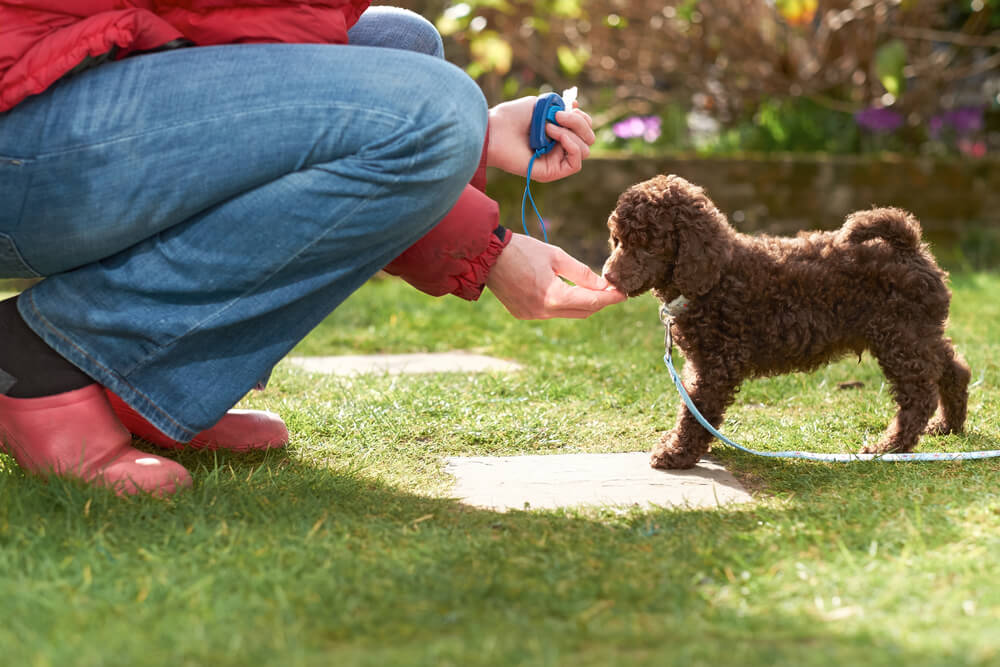
Things To Consider While Training Your Puppy
Training is such a crucial element to having a great relationship with your dog.
Taking the time to properly train your puppy begins from the moment you bring him or her home, and lasts throughout the life of your furry friend.
There are a lot of things you need to consider when training your puppy.
How do I get started using food lure training?
Small pieces of food or a favored toy can be used to motivate your puppy to perform most tasks.
Provided the reward is sufficiently appealing, the puppy can be prompted to give the desired response by showing the puppy the reward, giving a command, and moving the reward to get the desired response.
Food held up over the puppy’s nose and moved slowly backward should get a ‘sit’ response; food drawn down to the floor should get a ‘down’ response; food brought back up should get a ‘stand’ response; food held out at a distance should get a ‘come’ response and food held at your thigh as you walk should get the puppy to ‘heel or ‘follow’.
By pairing a command phrase or word with each action, and giving the reward for each appropriate response, the puppy should soon learn the meaning of each command.
How often should I give the command?
Ideally, you should give the command phrase once and then use your food to move the puppy into positions.
Once the puppy has performed the task, add in verbal praise and an affectionate pat, which are known as secondary reinforcers.
If the puppy does not immediately obey the first command, then you are likely proceeding a little too quickly.
If you keep repeating the command, the puppy will learn that several repetitions are acceptable before it needs to obey.
Keeping a leash attached can help to gain an immediate response if the puppy does not obey.
Early in training, your puppy does not know the meaning of the word.
Therefore you could just as easily teach your puppy to sit with the word bananas as you could with the word sit.
The key is to associate the word, in this case, “sit,” with the action of placing the hind end on the floor.
How should I phase out the lure and food rewards?
First, you are going to let the puppy see the food in your hand so that you will have her attention and can use it to guide her into position as your puppy begins to comply more readily, you can start to hide the food in your hand, but give the command and repeat the motion or signal that she has learned to follow.
Soon the puppy will come to expect the treat each time she performs the task then, signal and give the command, but when she performs the task, reward only with praise and give the puppy an affectionate pat.
Next, you can begin to vary the frequency, giving praise with “good dog” and perhaps patting each time, but giving the food randomly, perhaps every 3 or 4 times.
In time, the puppy should respond to either the hand signal or the command.
Over time, the words “good dog” and the affectionate pat become secondary reinforcers because they have been paired with food in the past, they take on more meaning and become reinforcement in themselves.
It is important to use secondary reinforcement because you will not always have food with you when you need your pet to obey.
In addition, if you rely on food to get your puppy to comply, you will have a puppy that will only do the task when you have a treat.
Training begins in designated sessions throughout the day, with a variety of family members.
All rewards should be saved for these training sessions.
However, you should begin to ask your puppy to perform the tasks at other times.
